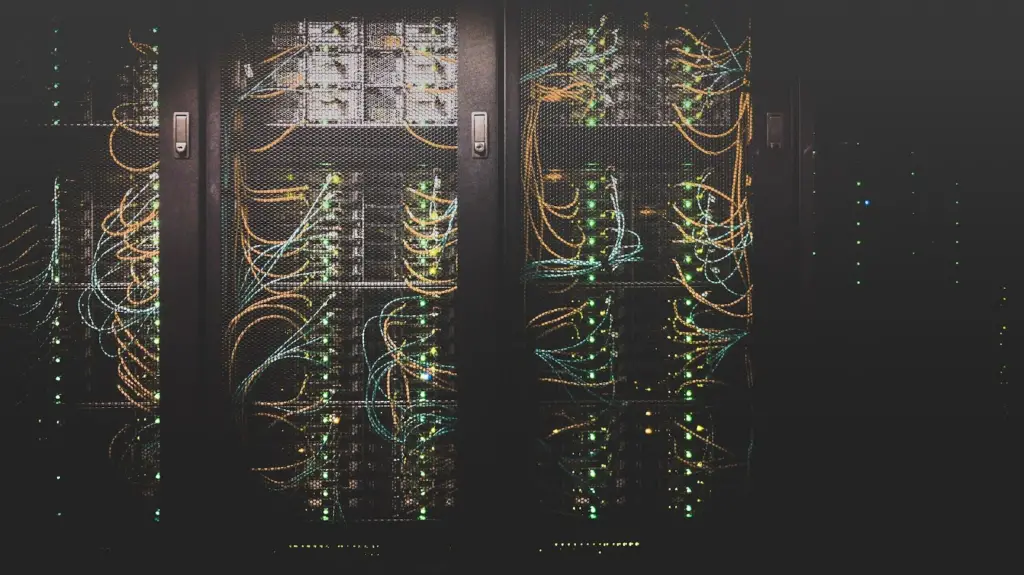Backing up and being able to recover data is a major point of safely and securely running a business dealing with tons of information. The expanding backup and recovery solutions market takes the choice to another level of difficulty.
To get a reliable system for recovery and backup, many large enterprises turn to VTL type solutions. There are other alternatives, but before opting for either, businesses should know what VTL stands for, how it works, the benefits of using it, and what to search for in VTL.
Virtual Tape Library Benefits and What to Look For
- What Does VTL Stand For?
- How Does a VTL Work?
- Benefits of Using Virtual Tape Libraries
- VTL Storage Management
- What To Look For In a Virtual Tape Backup System?
- Conclusion
What Does VTL Stand For?
VTL stands for Virtual Tape Library. A VTL is a virtualization technology used to virtualize data storage. Storage virtualization happens when multiple physical storage devices are grouped in a network that forms one storage entity. It is also known as cloud storage.
Usually, VTL is used by large enterprises for backing up and recovering data. It’s called a VTL because it uses physical disk storage or hard disks and cartridge tapes like tape libraries. This means that the physical storage will virtually be presented as tape.
This way, a VTL can be integrated with most software related to backup or any recovery and backup procedures currently in place. So, virtual tape libraries exist instead of real cartridges for recovery in case of crashes and failures.
How Does a VTL Work?
Used at an enterprise level, the virtual tape library works in sequences much as regular storage tapes do, and it writes data to different disks in the format of a tape. Virtual tape drives rely on real tape drives to save data.
That’s why it’s quite easy to integrate virtual tape libraries into backup sites that have real tape drives. It’s also the reason most larger enterprises opt for VTLs rather than D2D (Disk-to-disk) recovery or backup solutions.
Benefits of Using Virtual Tape Libraries
A VTL drive only emulates the real physical tape, and this makes the integration of new physical storage drives into the network that forms one entity easy. That’s why virtual tape backup is a good choice for every business. However, these are the major benefits:
- Low cost: Because virtual tape libraries mainly rely on SAS and SATA disks, meaning the disk arrays in these solutions are not that expensive. Also, using commodity servers reduces the cost.
- Simple: Simplicity is one of the major benefits when you use virtual tape libraries. Because of the ease, VTLs integrate with infrastructure that already exists, there’s no need to install new physical backup drives, etc.
- Performance: This benefit is closely related to the first one, because of the spinning disks used to emulate tapes in VTLs, the backups are faster. The RAM and flash cache combined with deduplication makes the performance much more effective.
- Expansion: To expand the VTL, you simply need to expand the network of physical storage devices. This means there’s a possibility to add more real physical storage tapes or additional hard drives, whatever works best for the system.
There are many more benefits, and two purposes of virtual tape libraries. The first one is backup, and the second one is recovery as we said earlier. These are quite fast, quite reliable, and, most-of-all, cost-effective solutions.
VTL Storage Management
The first aspect of storage VTL management is the ability to deduplicate the data in your storage. Deduplication makes your system much more efficient because it increases the volume of storable data.

However, you still need to decide whether you’ll have an offsite D2D recovery. It’s recommended because systems such as the ones reserved for disaster recovery can be a lifesaver when something unpredictable happens. Unfortunately, disasters can happen more often than not.
So, disaster recovery systems ensure everything continues to run smoothly for an enterprise. There’s much more to consider than just what type of technology should be used for a disaster recovery solution while opting for VTL:
- Interaction configuration: The first factor to think about is the interaction between the current system and the future system. Is it possible, and if so, how are you going to implement it?
- Deduplication implementation: There’s a need to implement data deduplication features for your VTL. We’ve already explained what the benefits of deduplication can be for an enterprise.
- Backup alternatives: One thing that needs consideration is an alternative to systems meant to recover your business from crashes. It’s a smart move to stick with D2D recovery as well. If a VTL solution fails, there’s still a possibility to back something up using D2D.
- Offsite data storage: The same applies to offsite physical storage tape cartridges. We don’t need to get rid of them that easily because they might still be useful for disaster situations.
What To Look For In a Virtual Tape Backup System?
Like with every service or product we want to buy or gain, we look for distinct features that help us decide whether it’s good. The key things we need to search for in virtual tape library services are:
- Reliability: The questions to ask are simple. Does it automate and secure offsite backup? Does it archive the data? There should be no need for employees to physically ship the tapes offsite.
- ROI: The return on investment is usually huge because it’s the virtual technology you’re dealing with. So, you don’t have to pay for the hardware components that might be huge and take up a lot of space that you also might need to pay for.
- Compatibility: Your VTL needs to be compatible with major operating systems, such as Linux and Windows. Another compatibility point you should look for is the tiering in the cloud, including other storage types.
Conclusion
VTL is certainly the most common type of solution regarding backup and recovery. It’s necessary to consider the configuration, deduplication features, offsite storage and archiving, and other backup alternatives as well.
Finally, the benefits of virtual tape libraries used as backup and recovery systems are many. They are reliable, excellent in performance, you’ll get a great return on your investment, and they usually don’t cost much.










